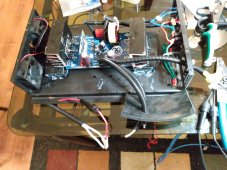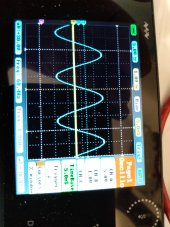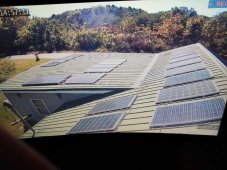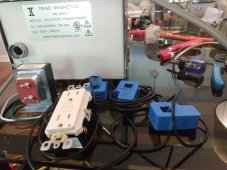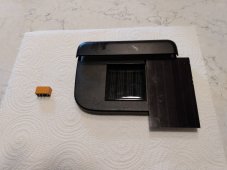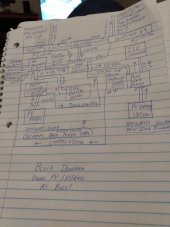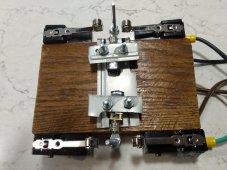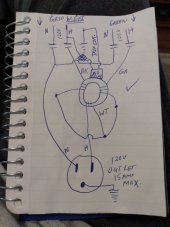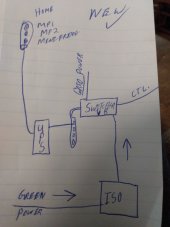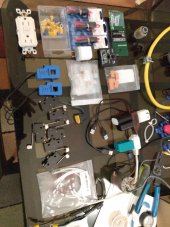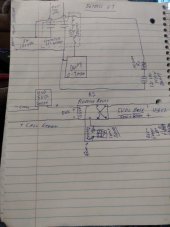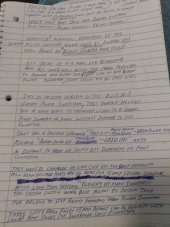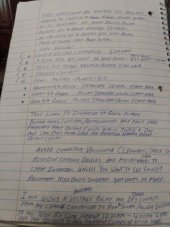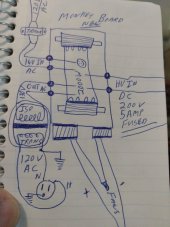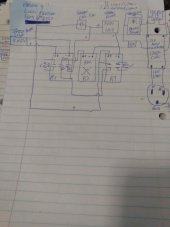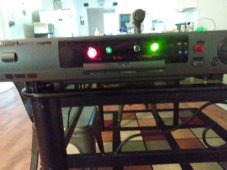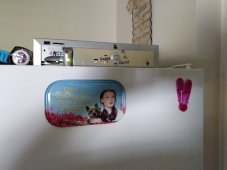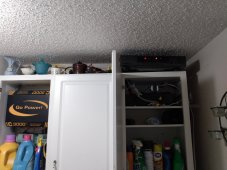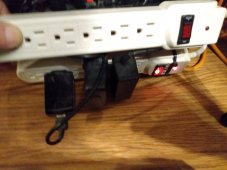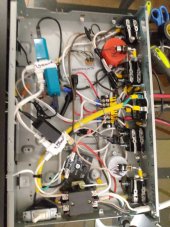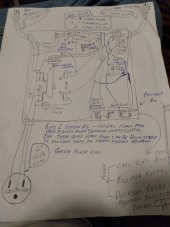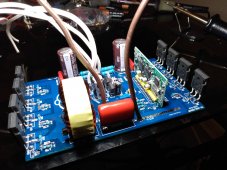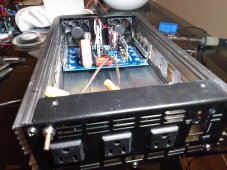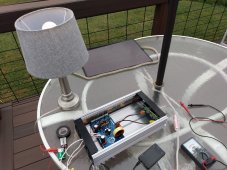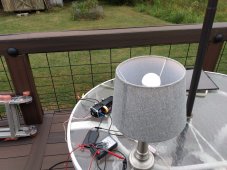GridWorks Green Solar
Solar Innovator
Introduction: Hi all, I am not a company or business of any kind but a retired tech that is trying to win at this new green power transition, this project deals with mains voltages (126) VAC! (181) VDC! will require correct wire sizes,fusing, insulation and isolation transformers to interact with other solar or grid power systems.Do not attempt anything you read or see in this thread unless you are comfortable working with high voltages!
After 7 years years of solar power in my home Gopower IC3000 the 4 deep cycle batteries started to degrade and needed replacement, after spending one arm and a leg in replacement cost it dawned on me everything I had saved over the past 7 years just went into new batteries!
This project from the ground up is a no battery,no charge controller, no maintainance and fully automatic normal day (2 second grid/green transfer at 9AM) (2 second green/grid transfer around 6PM). This new starter 800watt system powers the lights,fans,bug zapper, security cams and mini fridge daily in my home. Basic system consists of 9 one hundred watt solar panels 181 VDC in series and a pure sine wave output power board, please allow me some time to upload all the data and pictures. Hope to help others save money and get the power back on from the damage to Florida.
Major steps forward please read page 22 to the end of thread for all the best bells and whistles, successfully providing main Air conditioning to the four largest rooms in my home 95 degrees Fahrenheit outside 74.8 inside at 5:30 PM. Exceeding my expectations.
After 7 years years of solar power in my home Gopower IC3000 the 4 deep cycle batteries started to degrade and needed replacement, after spending one arm and a leg in replacement cost it dawned on me everything I had saved over the past 7 years just went into new batteries!
This project from the ground up is a no battery,no charge controller, no maintainance and fully automatic normal day (2 second grid/green transfer at 9AM) (2 second green/grid transfer around 6PM). This new starter 800watt system powers the lights,fans,bug zapper, security cams and mini fridge daily in my home. Basic system consists of 9 one hundred watt solar panels 181 VDC in series and a pure sine wave output power board, please allow me some time to upload all the data and pictures. Hope to help others save money and get the power back on from the damage to Florida.
Major steps forward please read page 22 to the end of thread for all the best bells and whistles, successfully providing main Air conditioning to the four largest rooms in my home 95 degrees Fahrenheit outside 74.8 inside at 5:30 PM. Exceeding my expectations.
Attachments
Last edited:




